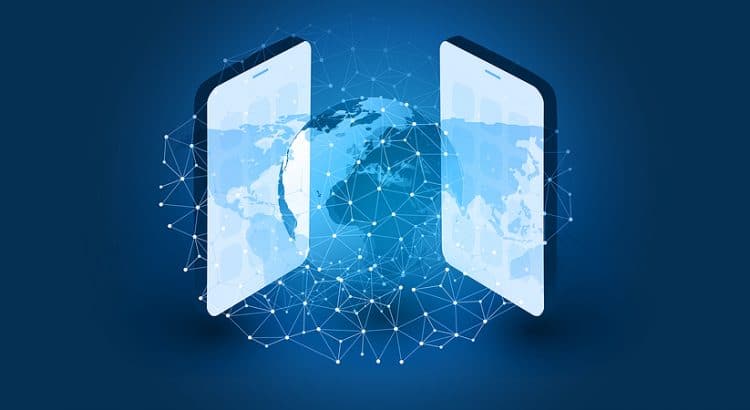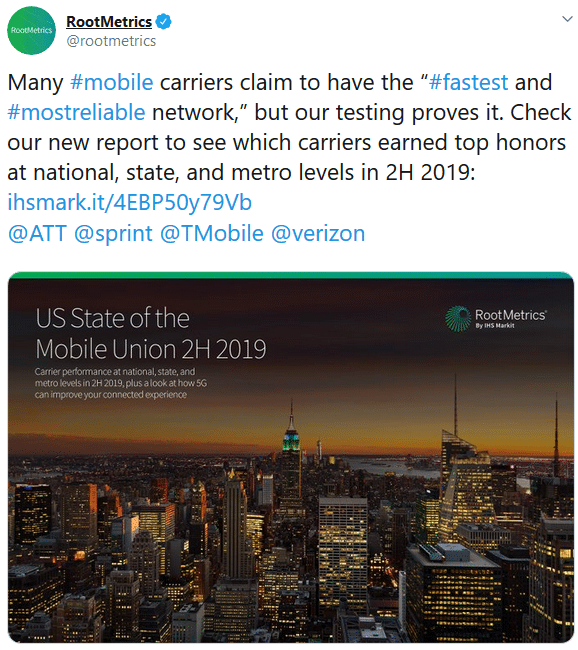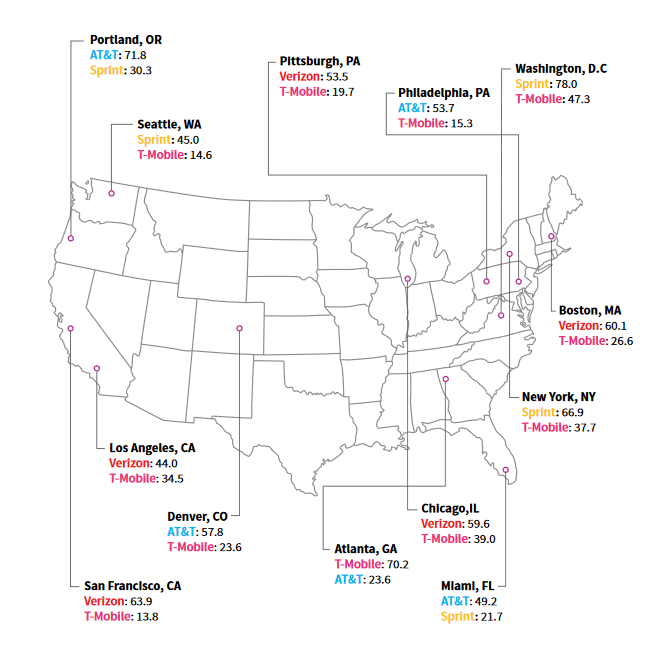Verizon’s flanker brand Visible has had a rough time the past few weeks. First, a security issue caused trouble for a large number of subscribers earlier this month. Then yesterday, reports of a service outage started to surface.
Several Reddit posts and dozens of comments mentioned the outage. I’m not sure how much of Visible’s subscriber base was affected.1 The issue was widespread enough for Visible to acknowledge the issue on Twitter:
We’re aware of an outage impacting talk/text/data & we’re working to resolve it immediately. In the meantime, please powercycle your phone or toggle airplane mode. If that doesn't restore your service, please keep an eye on this thread as we will continue to provide more details.
— Visible (@Visible) October 21, 2021
Reports suggest the outage only lasted a few hours. Shortly after sharing its initial tweet, Visible noted that the outage was resolved:
We have resolved the issue, and all members should have their services restored. If you continue to have issues related to a lack of talk, text or data, please reach out to us via DM at @visiblecare.
— Visible (@Visible) October 21, 2021
I haven’t heard anything about the underlying cause of the outage.














